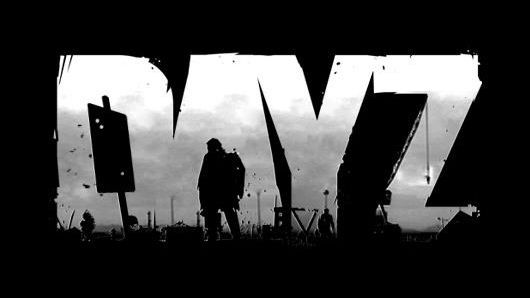I’ve always been a firm believer that video games are an absolute good. Movies, art, music and story are all engaging, but with games there is an extra layer of interactivity. What seems to appeal to people so much is that ability of control. But it’s also what makes people question whether some games lead players to cross certain lines in real life – namely violent, socially destructive ones.
As Supreme Court case Brown v. Entertainment Merchants Association showed, however, there’s no hard enough evidence that this is the case. When California Sen. Leland Yee tried to restrict which games could be sold to children because of the alleged effect the violence had on them, Supreme Court justices voted 7-2 against his assertions.
So then video games are all good? Well, maybe.
That case and most arguments that video games are something bad revolve around physical violence – excessive blood, murder and things of a similar nature. What is largely ignored, though, is the psychological aspect. How players interact with other players is a far greater indicator of how video games change a player’s psyche than looking at how players act toward pre-programed non-playable characters.
“World of Warcraft” probably offers the greatest place to start looking at how players treat each other, with the millions of people logging on every day all across the globe. Those who play the game are fully aware of the droves of “griefers” – a person who constantly stalks or otherwise harasses a player for no apparent reason – and “trolls” – basically bored people who say inflammatory things to get a reaction out of people too head-strong to ignore them – in the game. Both of these characters are everywhere, and it has driven many players away for good.
That’s still not very depraved, though. At worst a player kills another’s character, and they can revive quickly with minimal penalties.
What about a slightly more realistic setting, like “Minecraft”? Kotaku recently wrotedealing with an experiment where 30 players were put in a closed server environment for two months.
During that time, resources were extremely limited in a way that almost mirrors the scarcity of the Earth’s near future. Players immediately started strip mining, and when supplies ran too low alliances began forming. According to the post, some players started griefing the others, using up even more supplies.
Around five weeks in, others retreated to an endless maze of tunnels to avoid the conflict. At this point people discovered giant chasms they’d made from over-mining. Fighting continued and resources were flat out lost as they fell into the lava beneath the chasms they’d created on accident.
It basically took reducing their virtual world to nothing before these groups came together and worked as one unit instead of multiple. At the end of everything, the tester wondered what how the subjects would have reacted if they’d been given a world with a normal amount of resources. Would it make a difference, or would it just take longer before the situation decayed to the same state?
While it’s riveting to observe the striking realism in these test subjects’ behavior in “Minecraft,” there’s yet an even more disturbing example of human beings debasing one another to forms of cheap entertainment.
“Day Z” is a multiplayer open world survival horror mod for “ARMA II,” a 2009 military simulation. It basically turns the entire thing into a realistic, zombie-filled world where players need to do things like eat and drink to survive, instead of only fighting against the undead. The game itself is a great time, but some stories of human depravity have popped up on the Internet.
The root of it all: players can kill each other, and often do, for supplies and even for sport. Groups will lure supply-poor players with promises of ammunition and sustenance, often killing them in a myriad of different and humiliating ways. What’s worse, it differs from “World of Warcraft,” where players get to come back without heavy punishment – if a player dies in “Day Z,” they come back with next to nothing, making hours of a person’s survival reduced to naught as a result of someone’s whim.
Are any of these behaviors necessary? Not all. But do these games turn otherwise innocent people into griefing, greedy, murderous jerks? Absolutely not.
The true fault lies in the people who play these games, and people have to start placing the blame there. Certain games may attract people who are violent, or sociopathic, but a game is just a game. Issues may manifest as a result of playing the game, but there’s no way to determine how a player will abuse the system that’s in place. For every person harassing someone, there’s another helping, too.
What it all boils down to is this: the way players interact with each other in a video game brings out their true nature. When there are no real-life consequences for their actions, a person’s true colors show, and a game only affects what’s already inside someone.
Follow us on Twitter @wildcatarts and follow Jason @Jason_Krell.









